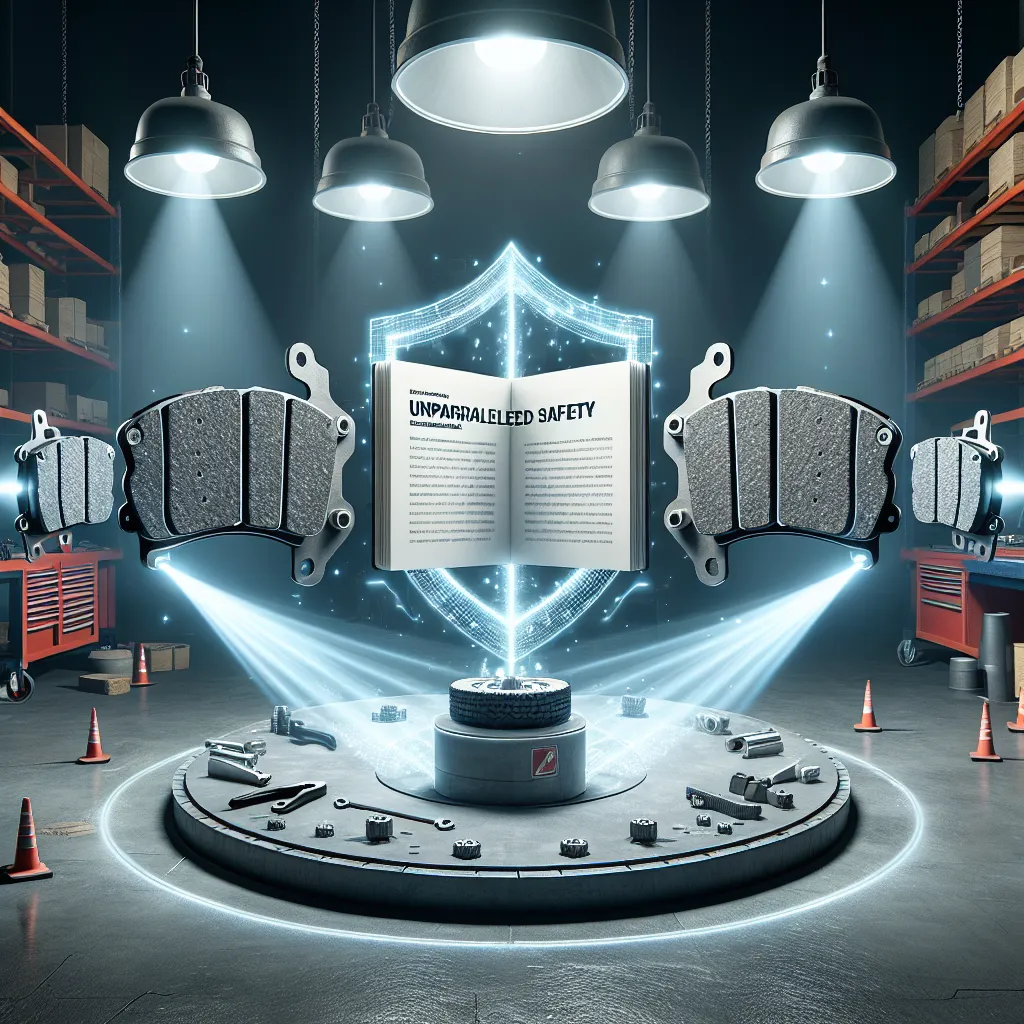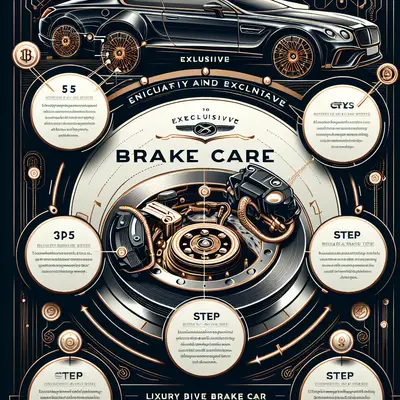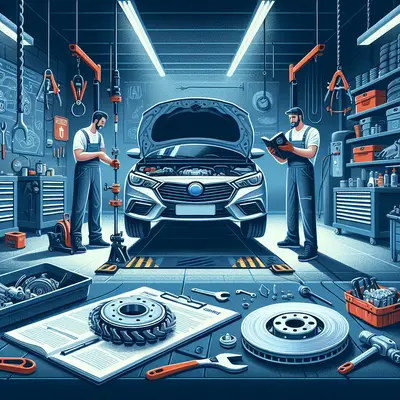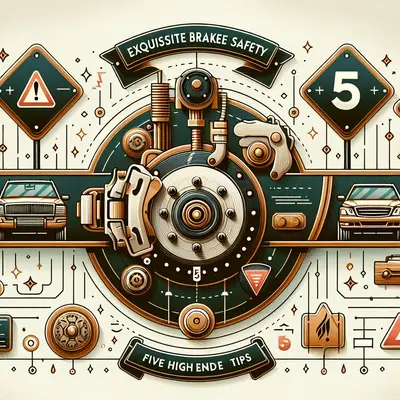The Science of Brake Fluid Change
An oft-overlooked aspect of brake maintenance is the timely replacement of brake fluid. This liquid plays a pivotal role in the brake system, transferring the force of your foot on the pedal to the wheels. Neglecting fluid changes can lead to water contamination, reducing braking efficiency and potentially causing severe damage. Experts recommend changing brake fluid every two years or 20,000 miles, whichever comes first.
Harnessing the Power of Brake Pads
Brake pads bear the brunt of the braking process, transforming kinetic energy into heat through friction. Over time, this intense heat and pressure can wear down pads, compromising brake performance. Discerning car owners should ensure their brake pads are inspected regularly and replaced as necessary, embodying the adage that an ounce of prevention is worth a pound of cure.
Understanding Brake Rotor Resurfacing
The brake rotor, or disc, is another key player in your braking system. It's the component that your brake pads clamp onto to stop the car. Over time, rotors can develop uneven wear patterns or "warps," reducing braking efficiency. Resurfacing, or turning, the rotors can restore their smooth, flat surface. However, this can only be done a limited number of times before replacement is necessary.
Maintaining the Brake Lines
Brake lines are the conduits that deliver brake fluid from the master cylinder to the rest of the braking system. Any leak in these lines can lead to decreased brake performance or even brake failure. Regular inspection for signs of wear or damage, such as rust or cracks, is an essential safety practice that should be part of every discerning driver's routine.
Recognizing the Warning Signs
Last but certainly not least, it's important to stay attuned to the potential warning signs of brake trouble. These can range from a squealing or grinding noise when you brake, a car that pulls to one side when you brake, to a spongy or low brake pedal. Recognizing these signs early can prevent minor issues from escalating into major — and potentially dangerous — problems.
Conclusion
Brake safety is a critical aspect of car maintenance, requiring both knowledge and vigilance. By following these expert insights, discerning car owners can ensure their vehicle's brake system is performing optimally, guaranteeing a safe and smooth driving experience. Remember, when it comes to brakes, compromise is not an option.



